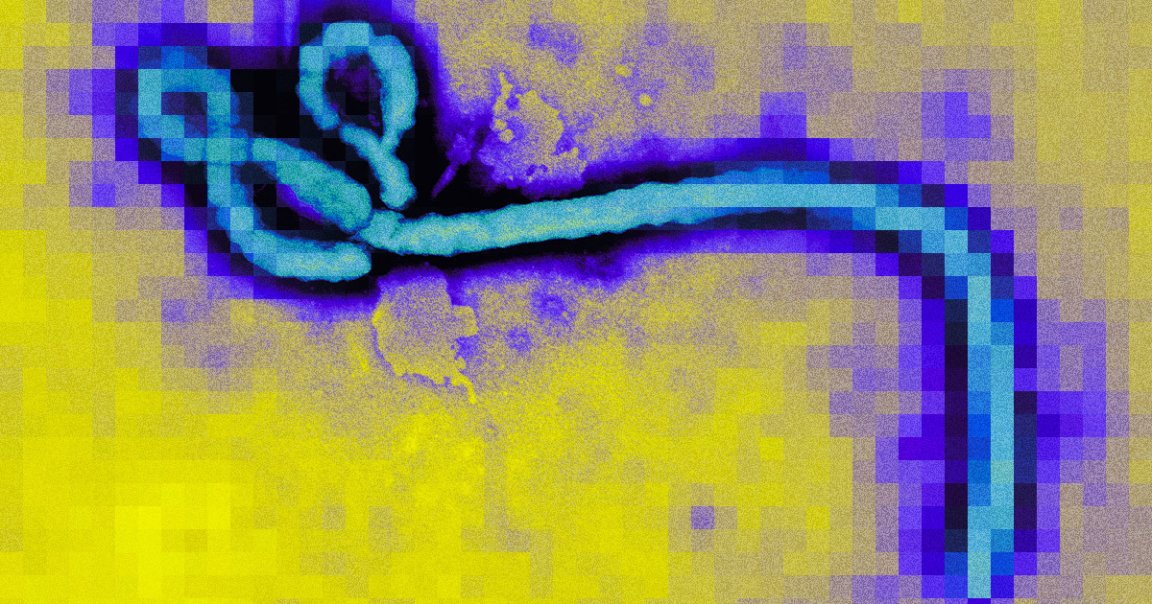
Disease Report
AI’s potential for analyzing mountains of data is unmatched. Take one of these AIs, set it loose on all the data in existence about the deadly Ebola virus, and the result could be nothing less than an unrivaled tool in fighting the virus — one that could save lives.
This was, in a nutshell, the nature of a recent investigation by ProPublica, which found that AI trained on environmental data related to Ebola was capable of flagging known outbreak areas, and even more, potential future outbreak sites previously overlooked by the government agencies and NGOs typically tasked with this sort of thing.
Nigeria — which due to a swift response by its Centers for Disease Control managed to emerge relatively unscathed from the deadly West African Ebola outbreak in 2014 — harbored over half those designated locations, according to the analysis. Yet, Ebola is no longer on the country’s radar, as its government chooses to focus on monkeypox.
Forest for the Trees
ProPublica argues that their findings illustrate that health officials have disease control all backwards, as current practices rely too heavily on data from either after an outbreak occurs, or from outbreaks of the past.
“Being proactive is the best line of defense — if you wait, a lot of people will have died before you can get yourself together,” Solomon Chieloka Okoli, a researcher for the Nigerian Field Epidemiology and Laboratory Training Network, told ProPublica.
So-called spillover areas in nature, where a disease first jumps from infected animals and into humans, warrant closer inspection. Forests that have been partially logged are common spillovers, since in their barren patches animals and humans can intermingle.
In collaboration with scientists, ProPublica investigators fed an AI algorithm with data from areas home to animals that are known Ebola vectors (like bats). That data included tree loss and changes in human population.
From there, the AI weighed the importance of those factors in previous Ebola outbreaks, then applied them to villages in areas that could harbor Ebola-carrying animals but hadn’t been spillover sites before.
The AI’s verdict? 51 locations had tree loss patterns similar to past Ebola outbreaks — an astonishing 27 of them in Nigeria.
Ignored Warning Signs
The most populous nation in Africa and rapidly growing, the West African nation has lost around 3,800 square miles of forest in the past twenty years: a major Ebola red flag, according to the AI analysis.
But given the rarity of Ebola outbreaks, Nigeria’s disease control agency, already busy with monkeypox, won’t give the virus much priority.
Worse still, whatever fears it may have had were assuaged by an analysis using a popular tool created by the US CDC, which examined recent outbreaks and found Ebola to be low priority, more or less.
That tool, it turns out, does not account for environmental factors by default, meaning that health officials may have painted themselves a misleading — and dangerous — picture.
More on: AI Is Dangerously Good at Giving Eating Disorder Advice